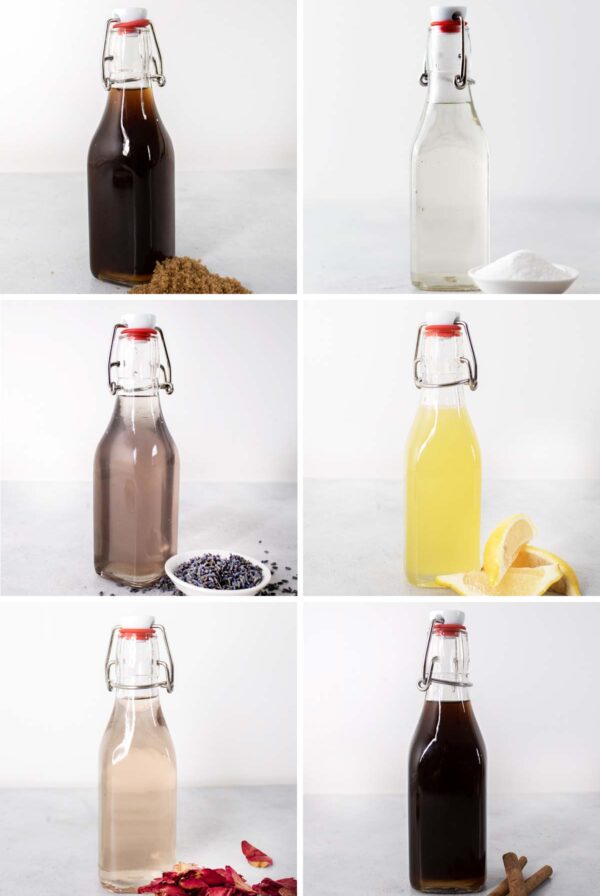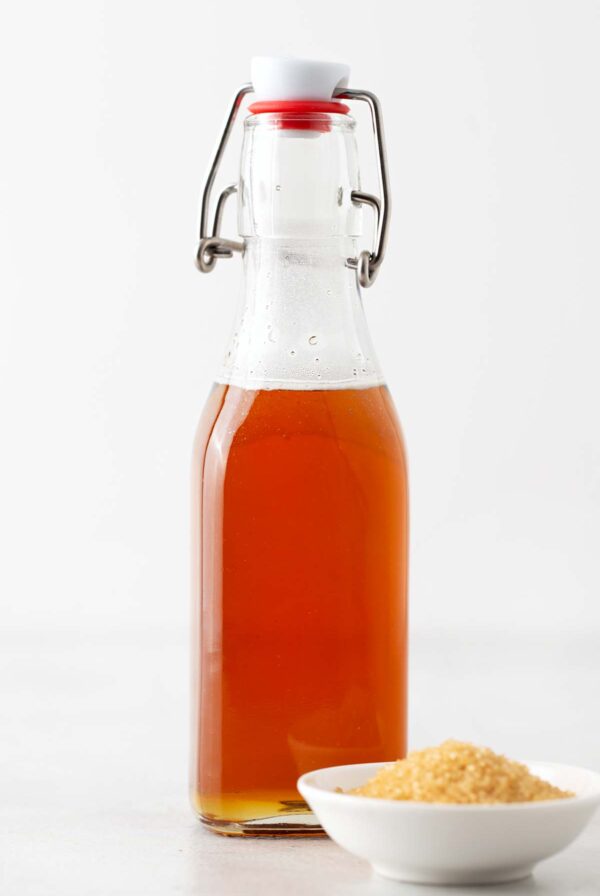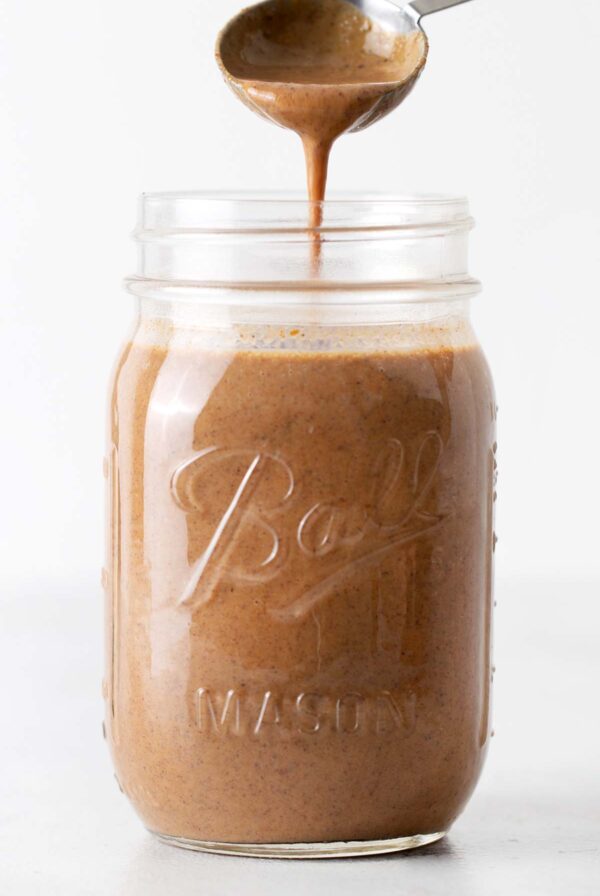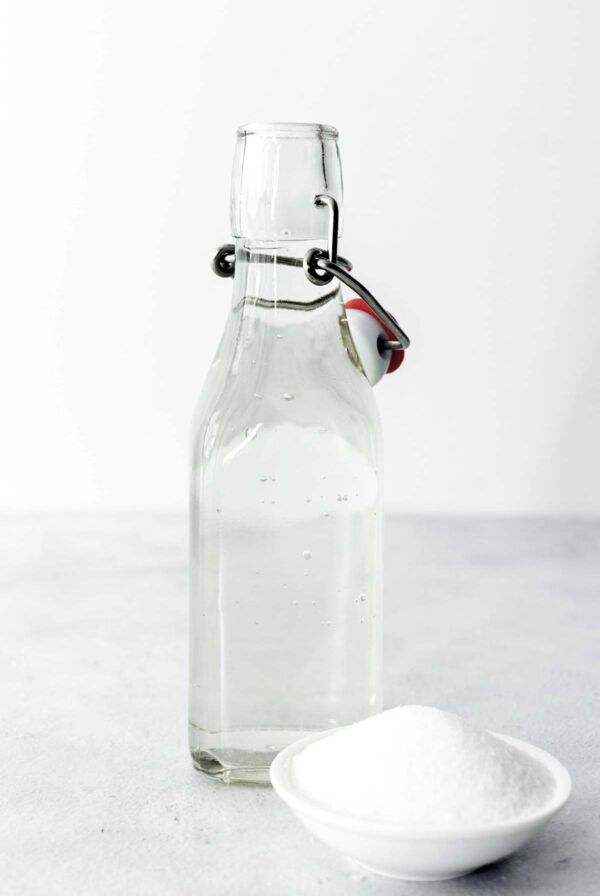Matcha vs. Green Tea: What’s the Difference?
on Mar 26, 2024
This post may contain affiliate links. As an Amazon Associate, I earn from qualifying purchases.
Matcha is one of many types of green tea. Read on to learn what makes matcha different from other green teas.
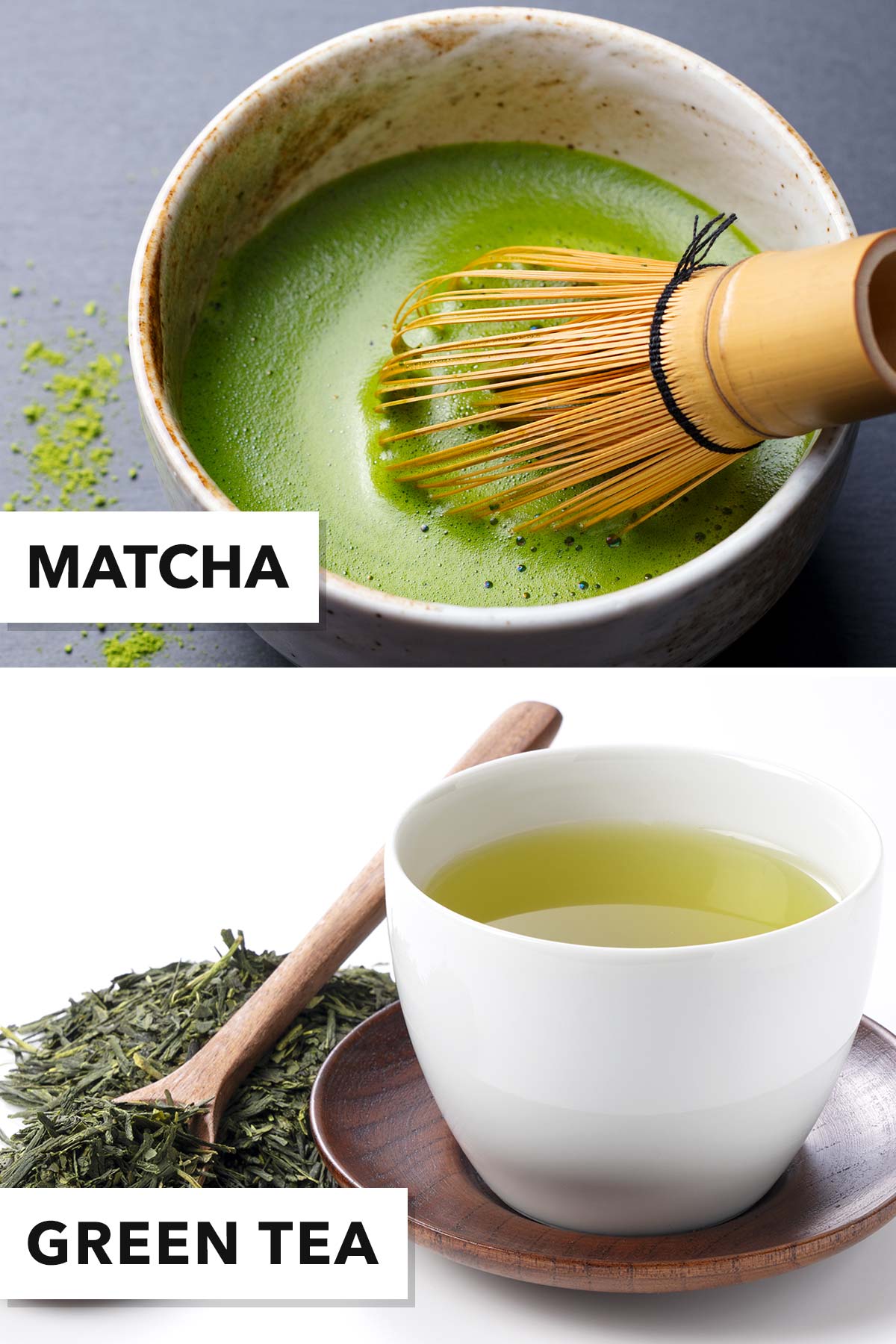
Matcha vs. Green Tea
Matcha is finely ground green tea. While matcha is a green tea, it has several unique qualities that make it special among all other green teas.
RELATED: 7 Benefits of Drinking Green Tea
How It’s Made
Matcha: All green tea, including matcha, is made from the leaves of the Camellia sinensis plant. However, there are several more steps to make matcha than other green teas, including shading the plant, de-stemming, de-veining, and grinding the leaves. The final product is a fine powder made from ground tea leaves.
Green Tea: The process of making all kinds of green tea varies depending on the type, region, and country, but it typically includes withering, roasting, rolling, and drying the tea leaves. The result is dried tea leaves for steeping.
RELATED: Matcha vs. Coffee: What’s the Difference?
How It’s Brewed
Matcha: Traditionally, matcha is used in Japanese tea ceremonies and enjoyed hot. To make matcha the traditional way, you need a special bamboo whisk, a bamboo scoop, a matcha bowl, a mesh strainer, and an electric kettle.
Unlike most green teas, matcha is a finely ground powder that needs to be whisked into hot water because it does not dissolve. Whisking the powder suspends and evenly disperses it throughout the water for drinking.
Green Tea: Most green teas are prepared by steeping dried leaves in hot water for a few minutes before straining. Green tea should never be made with boiling water because it can burn the leaves and make the tea bitter.
Caffeine Content
All green teas, including matcha, contain caffeine.
Matcha: Matcha contains a higher concentration of caffeine than other green teas because you drink the actual tea leaves. Matcha contains 19 to 44 mg of caffeine per gram (about 38 to 176 mg of caffeine per cup), according to a report from the National Institutes of Health.
Green Tea: Other green teas are less caffeinated than matcha because the tea leaves are only used for steeping, not consumption. According to the Mayo Clinic, an 8-ounce cup of green tea holds 28 mg of caffeine.
Nutritional Value
Matcha: Matcha is rich in the same nutrients and minerals as other green teas, but contains much more nutritional value per gram because you consume the actual tea leaves.
Health benefits come from antioxidants like polyphenols and catechins that reduce oxidative stress and protect healthy cells from damage. The tea also contains L-theanine, which gives you steady energy without the caffeine crash and calming effects.
Green Tea: All green teas are rich in antioxidants and L-theanine like matcha, but they are not as potent. That’s because they are prepared by steeping and discarding the tea leaves instead of whisking the tea leaves for drinking.
Cost
Matcha: Matcha is more expensive than other green teas because of the additional steps taken to make it. Most ceremonial-grade matcha powders can cost $0.80 to $1.25 per gram (about $1.60 to $2.50 for every 2-gram serving).
Green Tea: The price varies depending on the type of green tea you purchase, but generally it can cost $0.30 per cup.
What is Matcha?
Matcha is a Japanese green tea that has been finely ground into a powder. In Japanese, “matsu” means rubbed and “cha” means tea, so the translation is “rubbed, or ground tea.”
Matcha has been used for centuries in Japanese tea ceremonies and has become popular around the world for its health benefits. The green tea contains antioxidants and the molecule L-theanine, which prevents caffeine crashes and helps relaxation.
It is more potent in caffeine and nutrients than other teas because you drink the actual tea leaves in a powder form, rather than steeping the leaves and discarding them.
In terms of flavor, matcha tastes earthy and slightly bitter, with a natural umami. It is often paired with something sweet to balance the bitterness.
Matcha is pronounced MAHT-CHA or MA-CHA.
Delicious matcha drink recipes:
What is Green Tea?
Green tea is a type of tea, like black tea and white tea. Green tea is made with the leaves plucked from the camellia sinensis plant.
Green tea maintains a green color because it is less processed and oxidized (the process where exposure to oxygen makes the leaves naturally turn brown) in comparison to black or oolong tea.
Today, there are a variety of green teas, mainly made in Japan and China. Like all tea, green tea is originally from China. Thousands of years ago, Japan started cultivating green tea from tea plants brought over from China.
Outside of matcha, other green teas include Dragonwell, gunpowder, and sencha.
Green tea recipes to try:
Questions You May Have
No. There are many varieties of green teas so the taste can be completely different depending on how it is made. It can go from vegetal (some even taste like spinach broth) and grassy to sweet and nutty.
Matcha green tea has a more potent grassy flavor. This is because matcha is made with a tea leaf powder instead of steeping tea leaves.
Matcha has a higher concentration of caffeine than other green teas because you’re drinking the actual tea leaves. Matcha can contain about 38 to 176 mg of caffeine per cup, while green tea contains about 28 mg of caffeine per cup.
Matcha may be considered healthier because matcha is more potent in nutrients per gram than green tea. Matcha contains about three times more antioxidants than high quality regular green tea.
